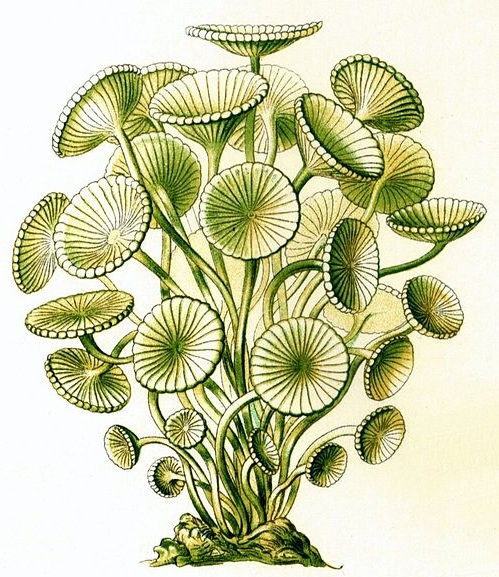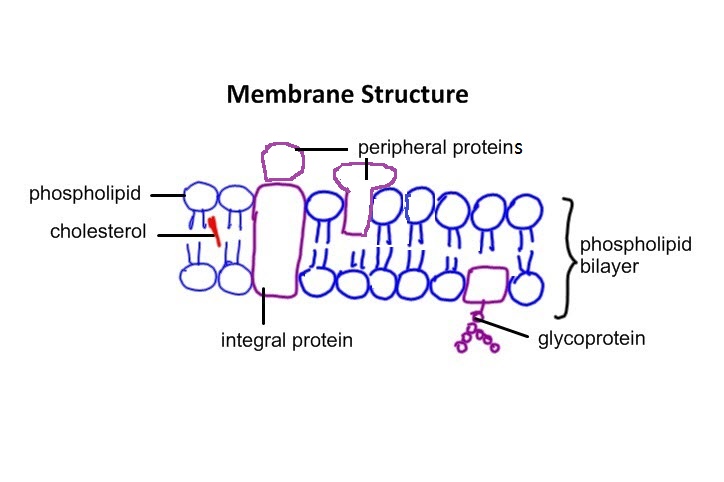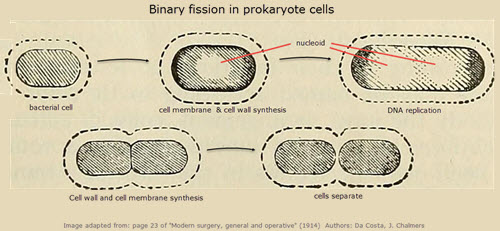Topic 1: Cell biology
This page lists the understandings and skills expected for Topic 1 and links to the sub-topic pages which contain detailed revision notes, activities and past paper style questions. Great for revision.
- 1.1 Introduction to cells
- 1.2 Ultrastructure of cells
- 1.3 Membrane structure
- 1.4 Membrane transport
- 1.5 The origin of cells
- 1.6 Cell division
1.1 Introduction to cells
- According to cell theory, living organisms are composed of cells.
- Organisms consisting of only one cell carry out all functions of life in that cell, e.g. Paramecium, Chlorella.
- Identifying the characteristics of living things (Mr H. Gren - metabolism, response, homeostasis, growth, reproduction, excretion & nutrition).
- Surface area to volume ratio is important in the limitation of cell size.
- Multicellular organisms have properties that emerge from the interaction of their cellular components (emergent properties)
- Specialised tissues can develop by cell differentiation in multicellular organisms.
- Differentiation involves the expression of some genes and not others in a cell.
- Stem cells can divide and differentiate along different pathways in embryonic development, which makes stem cells useful for therapeutic uses (e.g. Stargardt's disease).
- There are ethical concerns about the use of embryo stem cells.
Skills
- Calculate the magnification of an electron microscope image from a scale bar.
- Calculate specimen size using a scale bar.
- Calculate specimen size using magnification.
1.2 Ultrastructure of cells
- The simple structure of Prokaryote cells
- The compartmentalised structure of Eukaryotic cells.
- The resolving power of electron microscopes is between 10µm and 1nm whereas light microscopes resolve details between 1mm and 1µm.
- Explain how the composition of organelles will be different in cells with different functions, e.g. exocrine gland cells (e.g. goblet cells which make mucus and palisade mesophyll cells which do photosynthesis).
- Application: explain how the structure of prokaryotes allows them to divide by binary fission.
1.3  Membrane structure
Membrane structure
- Phospholipids form bilayers in water due to the amphipathic properties of phospholipid molecules.
- Membrane proteins are diverse in terms of structure, position in the membrane and function.
- Cholesterol is a component of animal cell membranes.
- Particles move across membranes by simple diffusion, facilitated diffusion, osmosis and active transport.
- Application: Cholesterol in mammalian membranes reduces membrane fluidity and permeability to some solutes.
- Can you draw a diagram of the fluid mosaic model?
- Can you explain how evidence from electron microscopy led to the proposal of the Davson-Danielli model?
- Can you outline the evidence which led to the falsification of the Davson-Danielli model and support of the Singer-Nicolson model?
Skills
- Application: Cholesterol in mammalian membranes reduces membrane fluidity and permeability to some solutes.
- Skill: Drawing of the fluid mosaic model.
- Skill: Analysis of evidence from electron microscopy that led to the proposal of the Davson-Danielli model.
- Skill: Analysis of the falsification of the Davson-Danielli model that led to the Singer-Nicolson model.
1.4 Membrane function
- Particles move across membranes by simple diffusion, facilitated diffusion, osmosis and active transport.
- The fluidity of membranes allows materials to be taken into cells by endocytosis or released by exocytosis. Vesicles move materials within cells.
- Know how the structure helps the function of sodium–potassium pumps for active transport and potassium channels for facilitated diffusion in axons.
- Understand why tissues (or organs) waiting to be used in medical procedures must be bathed in a solution with the same osmolarity as the cytoplasm to prevent osmosis.
- Skill: Estimation of osmolarity in tissues by bathing samples in hypotonic and hypertonic solutions (Practical 2).
Skills
- Application: Structure and function of sodium–potassium pumps for active transport and potassium channels for facilitated diffusion in axons.
- Application: Tissues or organs to be used in medical procedures must be bathed in a solution with the same osmolarity as the cytoplasm to prevent osmosis.
- Skill: Estimation of osmolarity in tissues by bathing samples in hypotonic and hypertonic solutions (Practical 2).
1.5 The origin of cells and 1.6 Cell division
- The first cells must have arisen from non-living material.
- The origin of eukaryotic cells can be explained by the endosymbiotic theory.
- Mitosis is division of the nucleus into two genetically identical daughter nuclei.
- Chromosomes condense by supercoiling during mitosis.
- Cytokinesis occurs after mitosis and is different in plant and animal cells.
- Interphase is a very active phase of the cell cycle with many processes occurring in the nucleus and cytoplasm (including G1, S, G2).
- Cyclins are involved in the control of the cell cycle.
- Mutagens, oncogenes and metastasis are involved in the development of primary and secondary tumours.
Skills
- Application: Evidence from Pasteur’s experiments that spontaneous generation of cells and organisms does not now occur on Earth.
- Application: The correlation between smoking and incidence of cancers.
- Skill: Identification of phases of mitosis in cells viewed with a microscope or in a micrograph (prophase, metaphase, anaphase and telophase).
- Skill: Determination of a mitotic index from a micrograph.

Introduction to cells 1.1
Cell theory states that all organisms are made of cells yet the structure of these cells is variable. While this is true in most cases there are some notable exceptions, like skeletal muscle.

Ultrastructure of cells 1.2
Eukaryote cells are larger than prokaryote cells and they have a more compartmentalised structure since endosymbiosis lead to the creation of organelles. Drawing eukaryote and prokaryote cells and recognising organelles is important.

Membrane structure 1.3
The first models of membranes included protein and phospholipids but not in the same structure as we see them today. In this topic the components of cell membranes are investigated and the structure of the membranes as fluid and dynamic structures.

Membrane transport 1.4
The membrane controls what enters and leaves the cell. This includes using diffusion and osmosis. Sometimes the membrane uses integral proteins as channels and pumps, sometimes the membrane surrounds something which needs moving into or out of the cell.

The origin of cells 1.5
Life has evolved from the first cells to all the cells we find in the huge diversity of today's organisms. This topic covers the origins of cells and the cell theory proposed by Pasteur and Schwaan when spontaneous generation of cells was believed.
.png)
Cell division 1.6
The control of cell division is just as essential for the survival of multicellular organisms as it is for the reproduction of single celled organisms. This topic covers the movement of chromosomes in the division of eukaryotic cells by mitosis.


 Twitter
Twitter  Facebook
Facebook  LinkedIn
LinkedIn